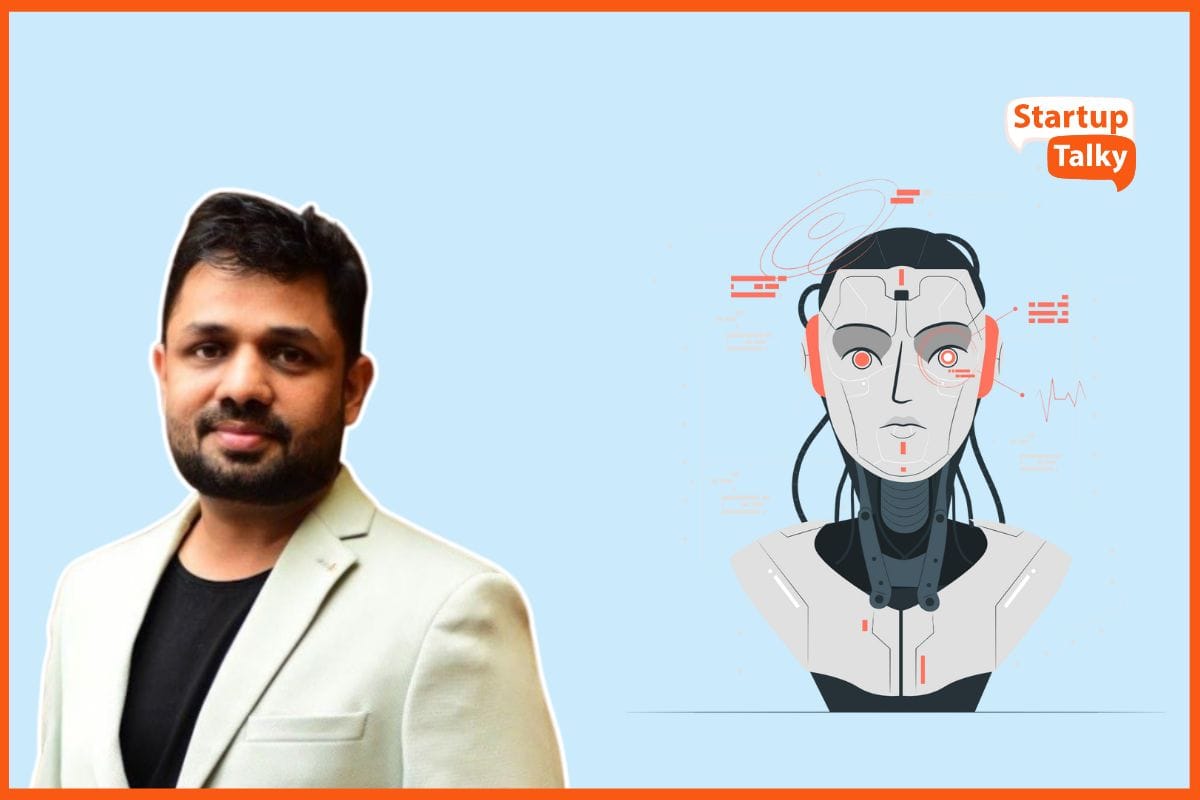How AI is Transforming the Nation's Educational Future
🔍Insights
The educational system is undergoing a technological revolution, just like many other parts of the economy. Teachers no longer require traditional classroom tools like blackboards and chalk. Instead of or in addition to these components, smart class systems are used. The field of educational technology also called EdTech is also seeing rapid growth in the use of artificial intelligence and machine learning. With a projected $9 billion in revenue by 2029, the EdTech sector is a prime example of the many real-world uses for artificial intelligence and machine learning. An educational revolution called Education 4.0 has been taking place as a result of AI's influence on school systems around the globe, including India. This shift has far-reaching consequences for the educational landscape, altering how recruiters, career counselors, students, and teachers all work and play.
Software powered by artificial intelligence simplifies and speeds up the process of creating courses while cutting down on resources and costs. This allows for more customized educational opportunities—Teachers can see exactly which classes and lessons need reevaluation thanks to the assessment of students' learning histories and their abilities to identify knowledge gaps. Teachers will be able to swiftly provide extra help to pupils who are having difficulty once AI helps with that.
Sharing his views on the subject, Pratham Barot, CEO and Co-Founder of Zell Education stated, "In the dynamic landscape of education, AI stands as a pioneering force, reshaping the traditional roadmap with unprecedented innovation and efficiency. At Zell Education, we embrace this transformative power, recognizing AI as a catalyst for personalized learning experiences and enhanced educational outcomes. With AI, the boundaries of traditional classrooms dissolve, paving the way for a new era of adaptive learning."
"Through intelligent algorithms and data-driven insights, we empower learners to progress at their own pace, unlocking their full potential with tailored guidance and support. From predictive analytics to virtual tutoring, AI technologies revolutionize the educational journey, making it more accessible, engaging, and effective than ever before. Moreover, AI serves as a dynamic tool for educators, enabling them to craft curriculum and assessments that are responsive to the evolving needs of students.
By leveraging AI-driven insights, educators can identify areas for improvement, implement targeted interventions, and foster a culture of continuous growth and development. As we navigate this digital frontier, our commitment to harnessing the power of AI remains steadfast. Together, we embark on a journey of innovation and discovery, shaping the future of education one algorithm at a time," he added further.
Indian Education System Adopting Smart Solutions
Hurdles to Overcome
Indian Education System Adopting Smart Solutions
There is a strong effort by the Indian government and tech companies to further integrate AI into education, as the technology is finding more and more applications in fields such as marketing, legislation, and surveillance. After COVID-19 the achievement gap in schools became even more pronounced; nevertheless, artificial intelligence (AI) tools are assisting educators in a variety of ways, including the instruction of English, the creation of lesson plans, and the identification of students in danger of leaving out.
The capacity to increase student involvement is one advantage of utilizing AI in the classroom. Incorporating sophisticated algorithms and data analysis, AI elevates conventional pedagogical practices while opening up new avenues of individualized student learning. Adaptability is a key feature of AI in education, allowing it to meet the unique demands of each student and provide them with personalized support and training.
Teachers may sift through mountains of data on their pupils' development and pinpoint problem areas with the help of AI-powered technologies. Teachers can utilize this information to create personalized learning programs that maximize academic progress. The use of AI in the classroom also allows for the rapid evaluation of student work and the provision of constructive criticism.

Hurdles to Overcome
Although education became a basic right for all children in India between the ages of six and fourteen in the historic Right to Education Act of 2009, the country ranks among the poorest developing nations in terms of education spending, at less than 3% of GDP.
Official statistics show that in the fiscal year of 2022, there were almost 1.5 million schools across the country with 267 million students enrolled. Only slightly more than half of the schools had access to the internet, and even fewer had computers. Thus, AI technologies are being tailored by startups, nonprofits, and large tech companies to suit certain settings and educational requirements.
While some were pleased by ChatGPT's user-friendliness and the increased usage of generative AI in the classroom, others were concerned about the possibility of plagiarism, false information, and inherent cultural prejudice. The platform was introduced in November 2022. The Unesco Framework for the Use of Generative Artificial Intelligence in Education was issued by Libing Wang, who cautioned that although the technology could revolutionize education, it could also exacerbate existing inequalities and injustices.
According to Wang, "A comprehensive, nuanced and rights-based approach is necessary to fully realize the potential of generative AI in education. We should be wary of the simplistic notion that AI can magically fix all our problems, especially those related to education.”
Another issue that needs to be addressed, according to Wang, is localization. The majority of generative AI models are trained using data from the West, which means that they may not be culturally relevant to the Asia-Pacific region or even contain racial and gender biases that could influence future generations. Public-private partnerships aren't as prevalent in low-income nations, despite their potential as a solution. Getting students and educators ready for the use of AI in the classroom is a top priority. Some nations have made great strides towards incorporating AI into their K-12 curricula and teacher training programs, such as Singapore, the Republic of Korea, China, and Japan; others are still in the early stages of this journey. The objective is to introduce AI and make sure teachers are tech-savvy and AI-literate enough to lead students ethically and responsibly when they use generative AI technologies.
An all-encompassing, nuanced, and rights-based strategy is necessary in the Asia-Pacific region to fully realize the promising possibilities of generative AI in the classroom. To achieve the larger objectives of the Education 2030 Agenda and the promises made at the 2022 Transforming Education Summit, we must strike a balance between policymaking, innovative research, improving the technological infrastructure, training teachers, engaging in social dialogues, and making an effort to localize culture to effectively incorporate generative AI into educational settings, he added further.

Must have tools for startups - Recommended by StartupTalky
- Convert Visitors into Leads- SeizeLead
- Website Builder SquareSpace
- Manage your business Smoothly Google Business Suite







